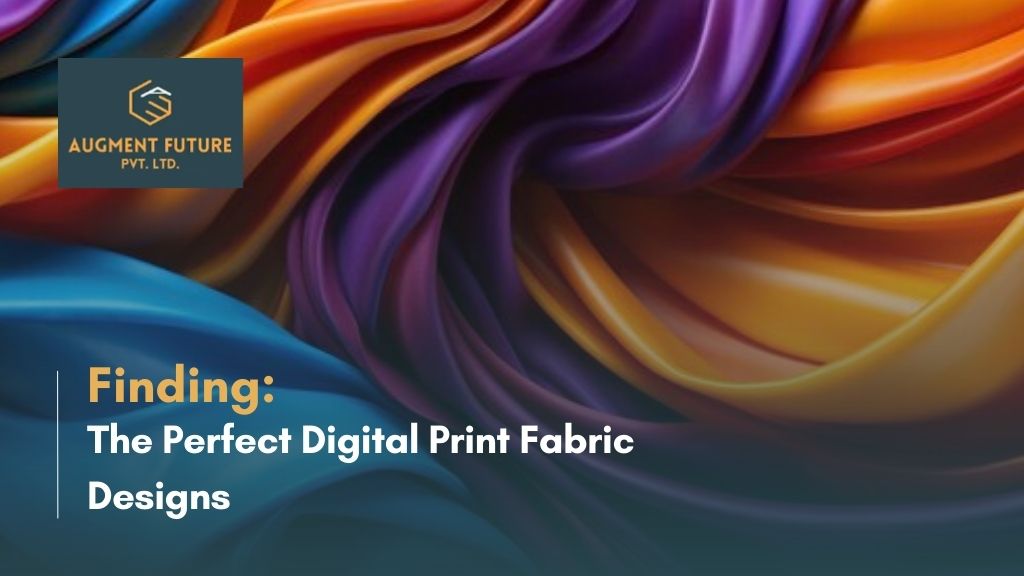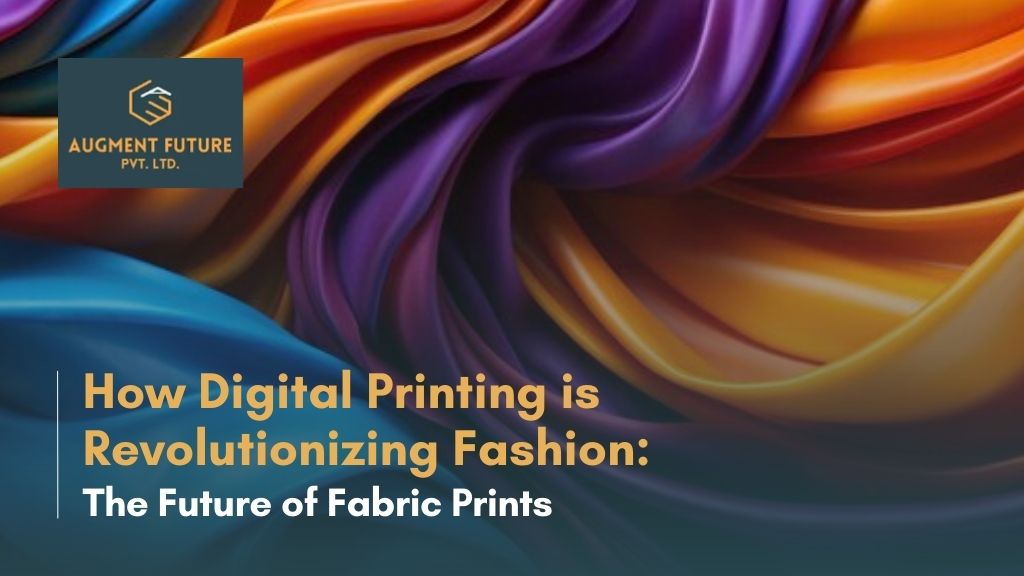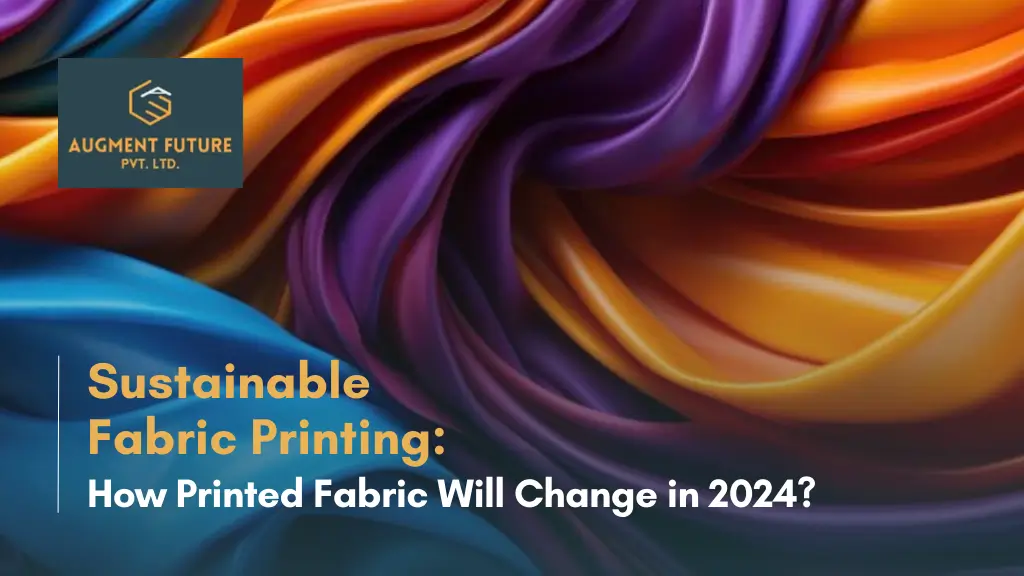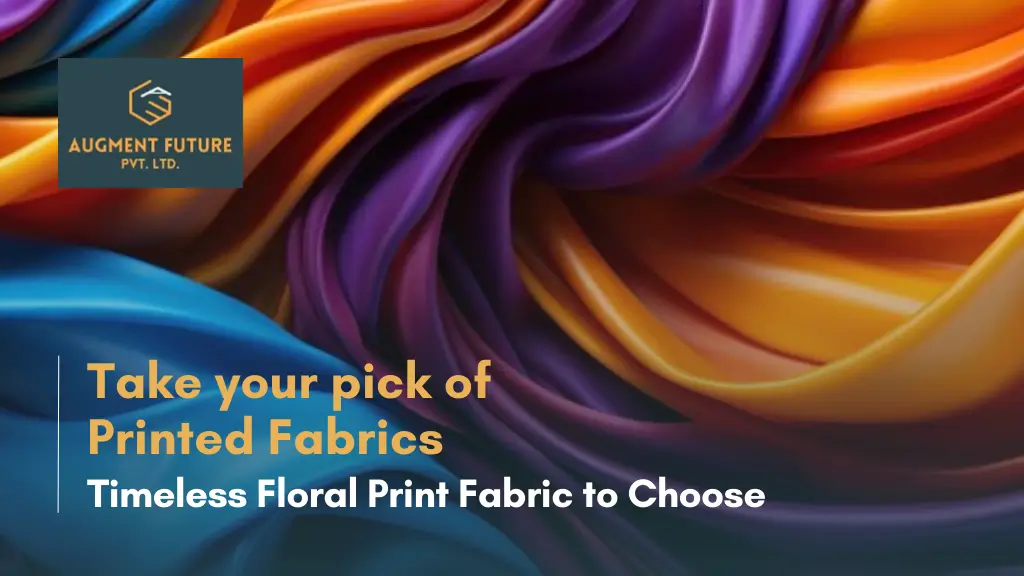Introduction
The world of digital print fabrics is a dazzling realm where creativity knows no bounds. With a kaleidoscope of colors and patterns at your fingertips, choosing the right design can feel both exhilarating and overwhelming. This guide delves into the art of finding that perfect fabric design, offering insights and inspiration along the way.
Understanding Digital Print Fabrics
What is Digital Printing?
Digital printing revolutionizes fabric design, allowing images to be printed directly onto fabric using specialized inkjet technology. This method bypasses traditional screens and offers unparalleled precision and detail. Imagine vibrant florals or intricate geometric shapes brought to life with astonishing clarity!
Advantages of Digital Print Fabrics
One of the standout benefits of digital print fabrics is their versatility. Designers can create unique, one-off pieces without the constraints of minimum order quantities typical of traditional printing methods. Plus, with faster turnaround times, the creative possibilities are virtually endless.
Common Uses in Fashion and Interiors
From haute couture garments to stunning upholstery, digital print fabrics find their way into various realms. Fashion designers leverage these fabrics to create statement pieces, while interior decorators utilize them to add flair to residential and commercial spaces.
Design Inspiration
Where to Find Inspiration
Inspiration is all around! Museums, nature, and everyday life can spark the most magnificent ideas. Keeping a journal of visual cues can be a treasure trove for future designs.
Nature as a Muse
Consider the intricate patterns found in leaves, the ethereal colors of sunsets, or the textures of various landscapes. Nature serves as an endless source of inspiration, inviting designers to mimic its beauty in fabric.
Exploring Cultural Motifs
Diving into different cultures can yield a plethora of design ideas. Traditional motifs, indigenous patterns, and historical art forms can be reimagined into contemporary fabric designs that resonate with a wider audience.
Choosing the Right Fabric
Types of Fabrics for Digital Printing
Choosing the right fabric is paramount. Cotton, silk, polyester, and even blends can be used for digital printing. Each material offers distinct qualities that affect the final outcome, making the selection process crucial.
Fabric Weight and Drape
The weight of the fabric influences how it drapes and behaves. Heavier fabrics may lend a more structured feel, while lighter options offer fluidity. Understanding your design’s intent will guide this decision.
Color Fastness and Durability
Opting for fabrics that retain color vibrancy after multiple washes is essential. Investigating the fabric’s durability will ensure that your designs stand the test of time, both in fashion and functionality.
Key Design Elements
Color Theory Basics
Understanding color theory can elevate your design game. The interplay between complementary and contrasting colors creates depth and intrigue, enhancing the overall aesthetic appeal of your fabric.
The Role of Patterns and Textures
Patterns breathe life into designs, while textures add a tactile dimension. Combining different patterns and textures can create a rich visual experience that captures attention and engages the senses.
Scale and Proportion in Design
The scale of your design elements can dramatically impact the visual outcome. Large patterns can make a bold statement, while smaller motifs may add subtle sophistication. Finding the right balance is key to achieving a harmonious look.
Creating a Cohesive Look
Mixing and Matching Fabrics
Embrace the art of mixing and matching! Combining various fabrics with different prints can yield exciting results, creating a unique narrative within your designs. Just be mindful of cohesion to avoid overwhelming the eye.
Balancing Bold and Subtle Designs
A well-curated collection often juxtaposes bold and subtle designs. This balance creates visual interest and depth, allowing each piece to shine without overshadowing the others.
Layering Techniques for Visual Interest
Layering different fabrics and prints can add complexity to your designs. Experimenting with layers allows for intriguing visuals, inviting viewers to explore the details.
Sustainability in Digital Printing
Eco-Friendly Fabrics and Inks
Sustainability is becoming increasingly crucial in the fabric industry. Opting for eco-friendly fabrics and inks not only reduces environmental impact but also appeals to the growing market of conscious consumers.
The Impact of Digital Printing on the Environment
While digital printing boasts several benefits, it’s essential to be aware of its environmental implications. By making informed choices, designers can mitigate negative effects and champion sustainability.
Making Conscious Design Choices
Being mindful of sourcing and production methods can create a ripple effect in the industry. Prioritizing ethical practices contributes to a healthier planet and fosters a community of responsible designers.
Finding the Right Supplier
Researching Quality Suppliers
Finding a reputable supplier is paramount. Conduct thorough research, read reviews, and compare offerings to ensure you partner with someone who aligns with your vision.
Understanding Minimum Order Quantities
Before diving into production, grasp the minimum order quantities. This knowledge will prevent unnecessary costs and help manage your budget effectively.
Importance of Samples and Swatches
Always request samples or swatches before finalizing your order. This step allows you to assess the fabric’s quality and print accuracy, ensuring the final product meets your expectations.
Testing Your Designs
Creating Prototypes
Prototyping your designs is crucial in the development process. This phase allows you to test the functionality and aesthetic appeal of your fabric before committing to a larger production run.
Evaluating Print Quality
Pay attention to print quality. Examine the clarity, color vibrancy, and overall finish of your designs. A high-quality print can elevate your fabric from ordinary to extraordinary.
Adjusting Designs Based on Feedback
Feedback is a goldmine for improvement. Listening to constructive criticism and making adjustments can refine your designs and enhance their appeal.
Marketing Your Fabric Designs
Building an Online Presence
In today’s digital landscape, a strong online presence is vital. Use platforms like Instagram and Pinterest to showcase your fabric designs, engaging potential customers and building a loyal following.
Utilizing Social Media Platforms
Social media can amplify your reach. Share behind-the-scenes content, design processes, and customer testimonials to foster community and engagement.
Networking with Industry Professionals
Building connections within the industry can open doors to new opportunities. Attend trade shows, workshops, and industry events to expand your network and collaborate with like-minded individuals.
Future Trends in Digital Fabric Printing
Innovations in Technology
The digital printing landscape is ever-evolving. Stay abreast of emerging technologies that can enhance print quality and efficiency, ensuring your designs remain cutting-edge.
Emerging Design Trends
Keep an eye on emerging trends in fabric design. From bold color palettes to intricate patterns, being aware of current styles can inspire your next masterpiece.
The Role of Personalization
Personalization is on the rise in the fabric industry. Offering customizable designs allows you to cater to individual tastes, fostering a deeper connection with your audience.
Conclusion
Embarking on the journey of finding the perfect digital print fabric designs is an adventure filled with creativity and discovery. Embrace the process, experiment with ideas, and let your imagination run wild. With the right knowledge and inspiration, you can create unique fabric designs that captivate and inspire. So go ahead, unleash your creativity, and make your mark in the vibrant world of digital printing!






